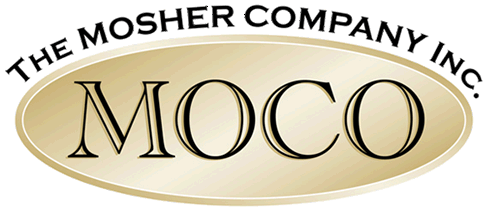QUESTION: How do I generate a mirror finish on stainless steel?
ANSWER: It takes many steps to accomplish this task. After casting or machining the part must be progressively sanded or abrasive finished to a smooth finish. The compounds consisting of fine abrasive and lubricants can be used at the proper speeds to achieve your mirror finish. Each application will vary depending on such factors as the size of the part, the starting surface finish, what types of finishing equipment may be employed, etc. And, these types of finishers are subjective so most customers will need to see an example.
QUESTION: Why do I need to lap a part?
ANSWER: For 1 or all of the following reasons:
A.) Flatness
B.) Finish/RA
C.) Parrellism
D.) fit/mating parts
QUESTION: How do I reduce my overall spend on machining fluids?
ANSWER: Start with a high quality metalworking fluid then employ waste minimization equipment(ask a MOCO saleperson) to keep the coolant clear of chips and /or grinding swarf. Follow procedures for "makeup level" on the fluid so concentration is maintained. This is very important to preserve all the positive attributes of the coolant you are using. Once these steps are followed you may encorporate a firm recycling program for reuse of the coolant.
QUESTION: Why are my parts difficlut to clean after machining, lapping, polishing, or metal finishing?
ANSWER: The answer varies for each of these operations BUT one common fact is heat is usually generated causing oils, dirt and finishing compounds to stick to parts as the parts cool down. The correct cleaner must be chosen along with a process to adequately clean each part. Complicated part geometries can make cleaning even more difficult.
It helps to start with"cleanworking" finishing compounds or machining fluids such as MOCO compounds. Our products are formulated to be easier to clean after finishing.
